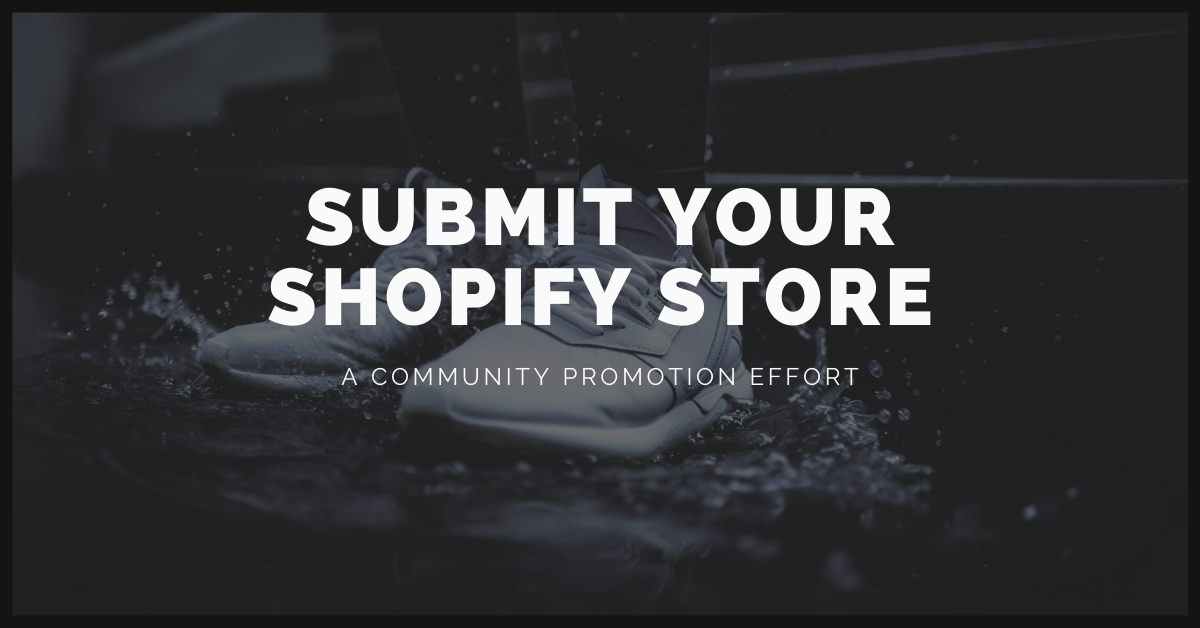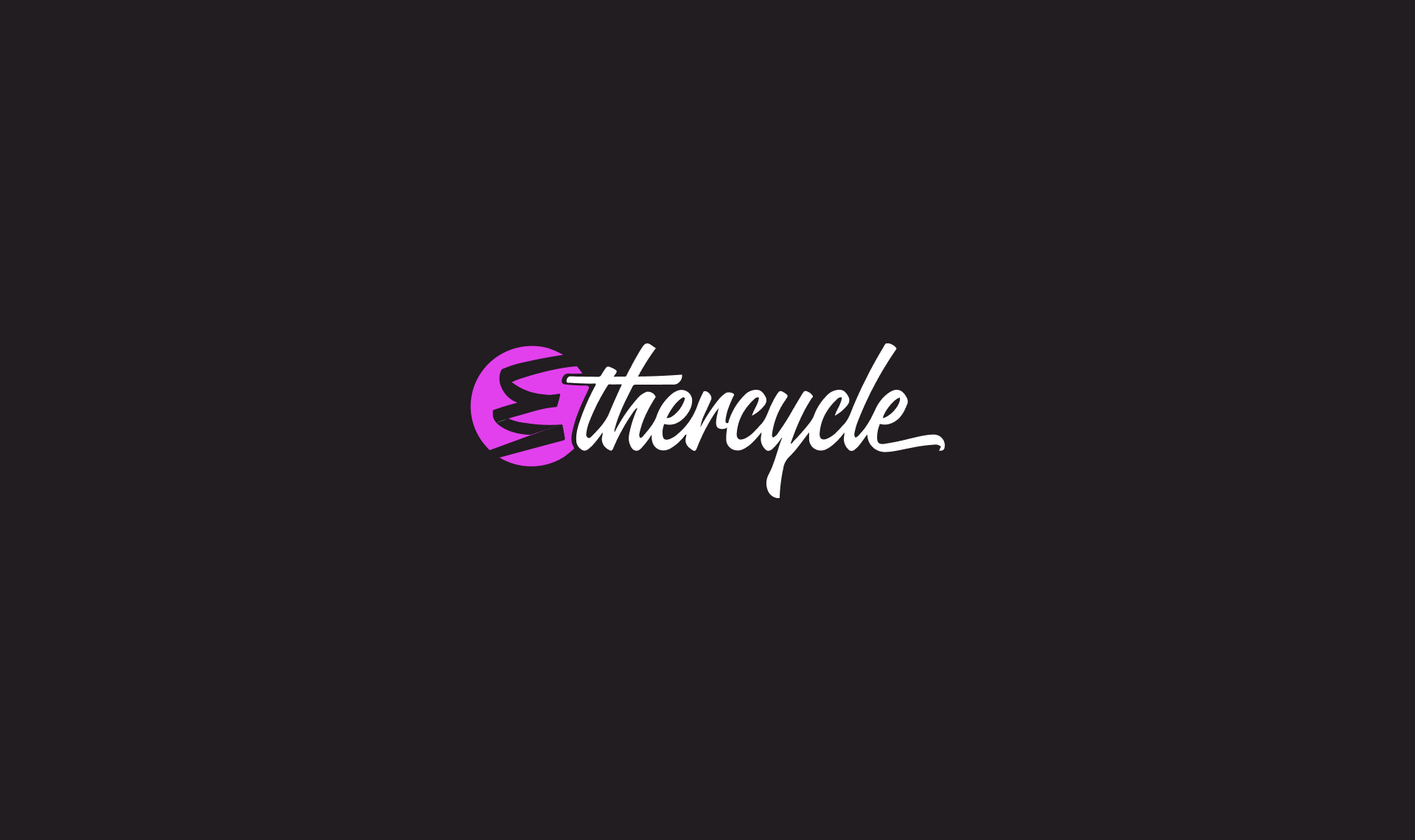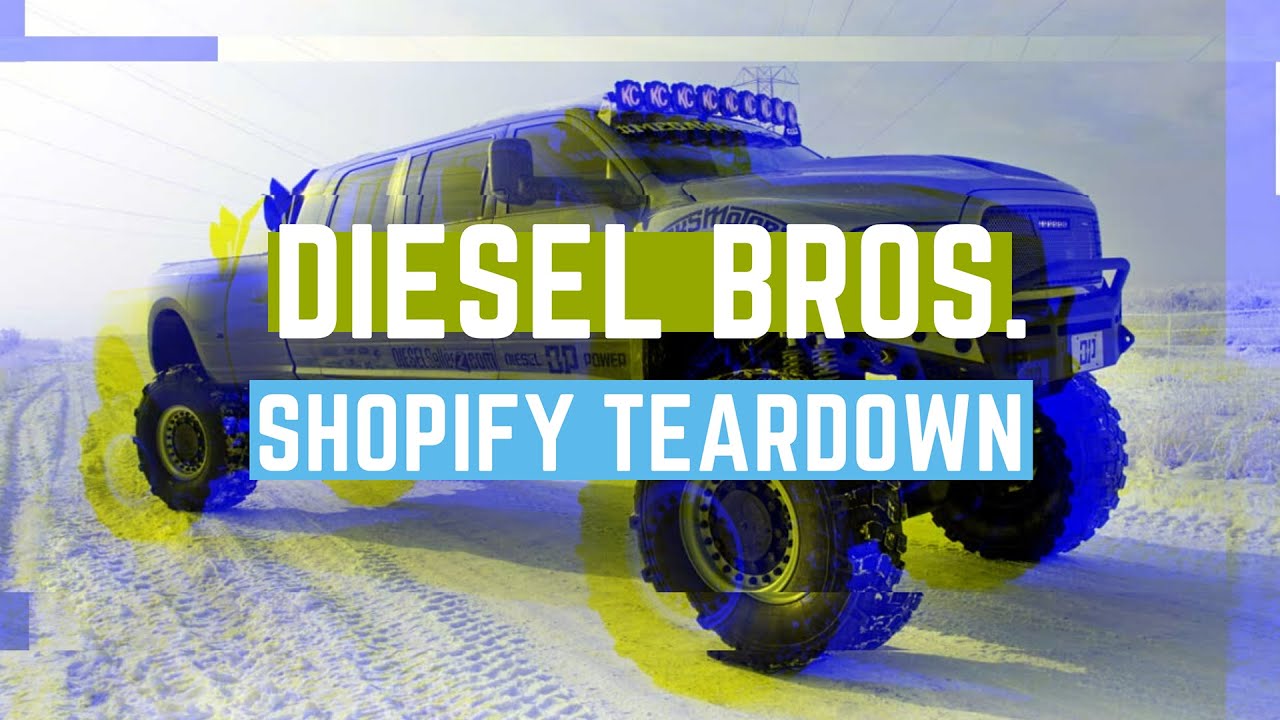

Let us show you proven strategies to optimize your Shopify business:
E-Com Advice from our experienced in-house team


Gregory Nelson from Lamb Agency asks, "What's going to happen with eCommerce as a result of Coronavirus?"
Comparing our clients' revenue numbers for January, February, and March to date to last year, 9 out of 10 were up significantly for 2020. That's the good news.
The next two weeks will be rough for everyone as we adjust to our new normal. Please be sensitive & help each other where you can.
After that, ecommerce will become the default commercial interaction as its naturally conducive to social distancing. This will help offset a lack of consumer confidence & spending.
Aaron Orendorff is doing an amazing job compiling data on the situation:
Coronavirus’ Effect on Ecommerce: The Latest Data and How to Respond

An entirely unsolicited website teardown of Diesel Power Gear, the Diesel Brothers' Shopify store.
Best known for their Discovery Channel show of the same name, the Diesel Brothers are a team that builds, sells, and gives away custom diesel trucks.
They were recently in the news after being ordered to pay $848,000 for air pollution violations. When I saw that, I checked out their website and discovered it's on Shopify.
It's time for an entirely unsolicited Shopify store teardown of dieselpowergear.com

First, you need to be able to look at your opt-in rate. Then ideally, see if you can figure out a conversion rate on that pop up as well.
(This is where a fancier pop up builder can be helpful since it will tell you what the conversion or acceptance rate is.)
With some data at hand, go ahead and test different offers. The most successful opt-ins we do start with a micro commitment. “Hey, would you like to save 10% off today?” Yes or no. If you can get them to say yes, then you ask them for their email. That tends to have a significantly higher opt in rate. Some of our clients doing this now are seeing opt-in rates of 10%, which is excellent.
The other thing to consider is the quality of traffic or the opt-ins. Sometimes you’ll see a spin to win type of sign up. Those will often have high opt-in rates, but the quality of the email is not as good. It could be a fake email looking for something free or they just aren’t as engaged.
Pro tip: Have a strong welcome series to accompany your opt-in. This is the flow that makes the money. If you give a deadline to the coupon you offer initially, you're creating that urgency and creating an opportunity to engage them in additional email by reminding them of the deadline. During this time you're also telling your story and you're introducing them to the brand, the team, the product and why they should buy.

You can also try going the route of educational content. Create the ultimate guide to buying “x” product. If it’s 3,000 words, has video and photos, boom that’s an engaging unique marketing tool.
Story time...Source: How the Significant Objects Social Experiment Proved the Economic Value of Storytelling

There are two tools I like to use in these situations.
1. Hotjar for heat mapping and polls.
With polls you can fire up a question to the consumer if they didn’t make a purchase. It is utterly revealing as to people's motivations. Usually you hear from people that buy, not the people who don't buy. This is a great way to understand those common objections that keep coming up. Maybe they're complaining about price, okay, that means you didn't do a good job of explaining the value or maybe you should offer financing or both.
2. Google Optimize for split testing.
It's free, it's awesome and gives you a confidence interval. It’s based on sessions, not timers. Google optimize split testing is the true way to see if certain page changes work, because your inputs can fluctuate so much. Different inputs can be anything from the time of year, a sale you ran, a good Facebook ad or the market.
Pro tip: Beware of falling victim to the recency bias. Usually if something breaks, the last change made to your page gets the blame. A drop in conversion can be due to many things though like a market change or recent holiday.

To start, this is a mindset you have to be in. Initially it is a skill that you develop and practice. Instead of setting out with the intention to create new content, document work you are already doing. Always be creating. Everything on the internet now is just recorded on people's phones. You just use your phone throughout the day to create more content. Take photos, videos and document the things you're doing.
From there you can start the scaling process by changing distribution and format . For example, if someone asked a question in the Facebook group, I will take that answer, write that as a tweet, then I'll put that into a social media app I use called Buffer. Buffer will send that same content to two Facebook pages, LinkedIn, Twitter and a Facebook group. I took one question and the answer turned into content posted in five places. Also, a single question will get stored in our podcast topics list discussed there, recorded on audio and video. Then, that gets distributed to the podcast, which is syndicated and gets posted to YouTube. A couple hours of activity turned into dozens of pieces of content. So you have to think about it at scale.
Additional resource: If you want to learn more about this topic checkout the book, Content 10x: More Content, Less Time, Maximum Results.

Generally expect mobile conversion rates to be half of the desktop conversion rate.
Across our top five biggest clients the desktop conversion rate is averaged at 5.5% and the mobile conversion rate is 2%. Tablets were right in the middle at 3.6%. The number one type of traffic for all stores is mobile traffic, it blows desktop traffic out of the water every time. The problem is that mobile traffic is also the worst at converting. Why?
The psychology of the consumer:
Consumers are generally less willing to go through the purchase process on their phones, especially for larger purchases. Buyer intent is not as high. They’ll create drive by traffic and maybe purchase on their desktop later. Think about your own shopping habits, you are scrolling and something catches your eye, but you are out doing something else. You aren’t looking with an intent to purchase at that moment. Even if your store’s checkout is optimized for Apple Pay, Google Pay or Paypal the consumer might not have that set up. The trust of using your phone to make a purchase just isn’t quite there yet like sitting focused on your computer. Overall, don’t sweat it too much.
What you can control:
Understand your data. What are your conversion rates? Where are they coming from? Which browsers? Within Shopify there are Behavior Reports under “analytics” labeled “sales traffic by device type”. You can use these tools to know exactly where your customers are coming from.
Build a sales funnel with as many touch points as possible. You want a pop up to try and grab an email at welcome and exit. Get remarketing in place and then ideally, you’ve got email marketing automation behind all of that. An automated welcome series is a powerful converter. So, if I capture their attention on mobile and they don't buy that is completely fine and expected.

I get this question a lot.
After attending the SEMA conference in Las Vegas, one niche became very clear to me. First, SEMA is the largest convention in Las Vegas and hosts car manufacturers and after-market parts for various vehicles. I didn’t see any electric vehicles represented or after-market parts for them. This is a huge opportunity and a wide blue ocean that no one is doing right now.
I would buy myself an electric car, drive it around and start figuring out what the pains or problems are. I would start designing and manufacturing my own simple products, probably accessories around the interior. First look for issues to fix and then start looking for little annoyances that you discover when you first buy a car. Fix that stuff and then turn around and start making cool accessory items for the car.
A word of caution within this space
Product Information Systems, aka PIM Systems, around automotive and Shopify are tricky. You run into a data problem with all the various combinations of options, year, make model and vehicle selector. This is an industry wide problem that no one has solved in a great way yet. Of the YMM selector apps, the one I've had the best luck with is EasySearch.

There are many key holidays throughout the year which usually require a different ad strategy. These community Q&A’s will dig into some practical solutions with a holiday focus. This is just the tip of the iceberg and my Holiday Email Guide gives more in-depth blueprints.
What are some practical ideas to build up your email list?
When should I release my social media posts for the holidays?
Constantly and scheduled.
Unlike email, social media doesn't have the same organic reach. If I post on Facebook, I'm lucky if 10% of my people see that post. You could post every hour throughout the day and be fine, as long as it's valuable in some way. Make it funny, engaging, dynamic and helpful. For example, "Hey, this sale item is about to sell out." Look for those excuses and reasons to post. At a minimum for social media, I would match it up to your email and do 7:00 AM, 5:00 PM, 10:00 PM, so that you've got it running throughout the day, maybe another in the afternoon.
My advice for your social media posts during these holiday sales is just spam it. On holidays, it's just another drop in the rainstorm. All of your customers are getting spammed by 20 other stores. It's not like they're going to specifically remember you as being a bad guy if you're worried about overdoing it.
What should I budget for one day holiday ads on social media?
Take your Facebook ad numbers that are already segmented into cold, warm and hot audiences. Kill the cold audience ad-spend and reallocate that, because that's the one that's going to be really expensive and have low ROAS (return on ad spend). Reallocate the cold audience ad-spend into the warm and hot audiences. Then add an additional 10%.
For an overall budget, use last year’s performance numbers. A conservative number is 10% of sales on last year’s holiday.
What type of ads should I run for Black Friday? How can the ads be aligned with emails?
It’s a great idea to align your ads to email campaigns. It creates uniform branding and messaging. You can take content from the email such as the subject, the headline, the call to action and use it as text in the ad. You probably have a hero image or graphic you used in the email. Use that image in the ad as well. If you're using Klaviyo and you have these emails segmented to people, you could sync those to Facebook as custom audiences, to ensure that the very same people see that exact same thing. Basically, once you build out your email campaign, turn around and recreate that as Facebook ads.
Reminder: Schedule and plan content in advance to run on the holiday. There is lead time on approval for ads on Facebook during big holidays.